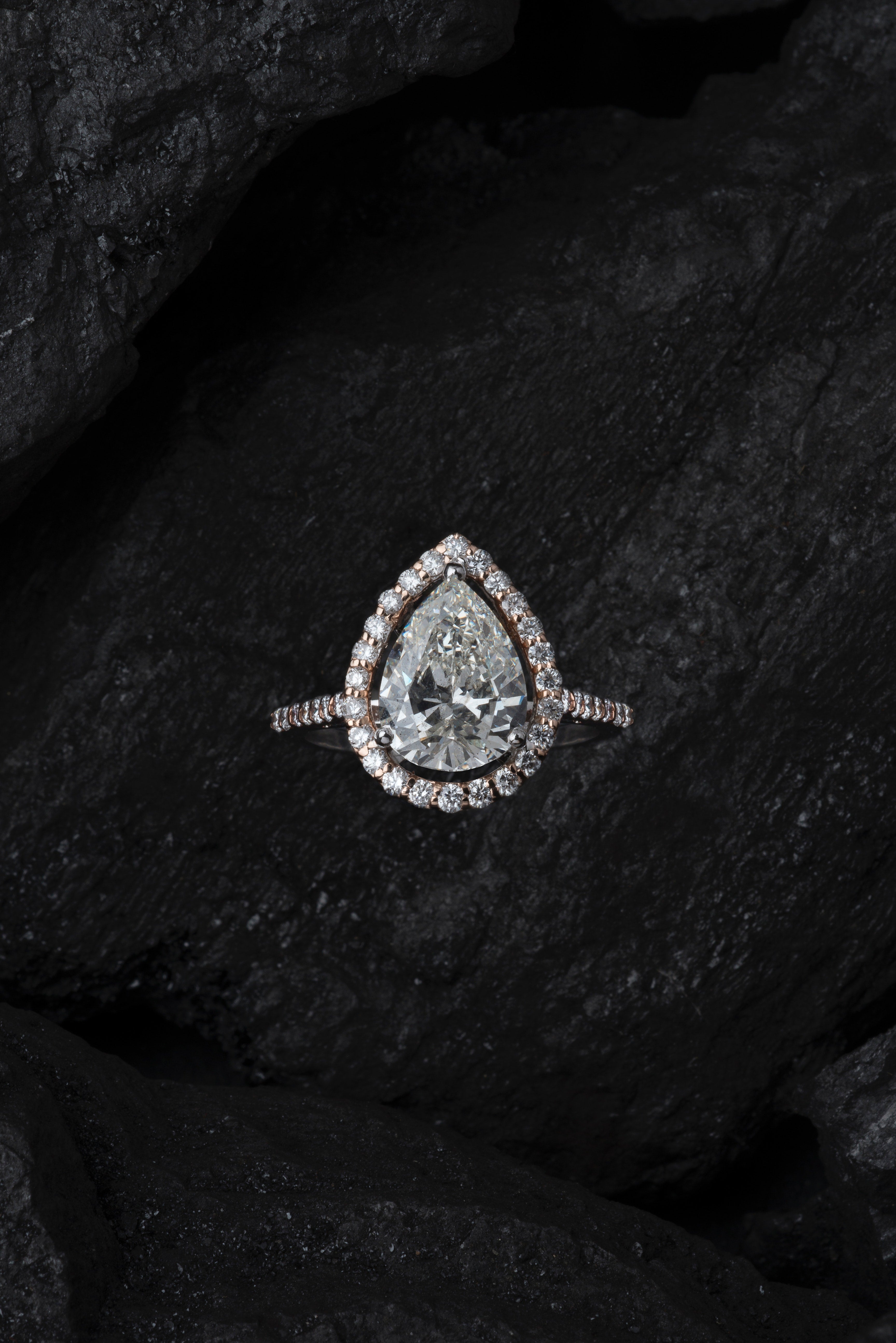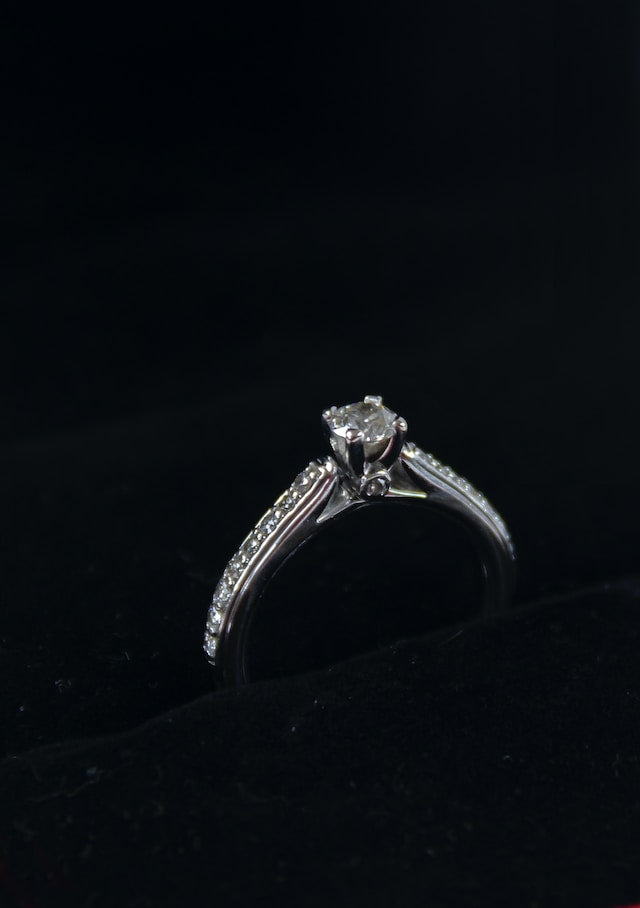
What Is A Lab Created Diamond?
Lab diamonds are grown in a lab using cutting-edge technology that replicates the process of natural diamonds. A lab grown diamond is chemically, physically, and visually identical to a mined diamond — without the adverse effects of traditional diamond mining.
Are Lab Grown Diamonds Real Diamonds?
Yes! A lab grown diamond is real, just like a natural diamond. The only difference between diamonds grown in a lab and naturally mined diamonds is their origin.
Understandably, many people perceive lab grown diamonds to be "fake" diamonds, but the truth is that they are real diamonds. After all, lab grown does have a connotation with something synthetic. However, concerning lab created diamonds, this couldn't be farther from the truth! A lab grown diamond is not the same as a cubic zirconia or another diamond simulant.
What Are Lab Grown Diamonds Made Of?
A lab grown diamond made of pure carbon. It is that simple because lab grown diamond and natural diamond are the same substance, which is pure carbon.

What Are The Environmental And Ethical Considerations When Diamond Shopping?
The most important differentiation between lab grown diamonds and mined diamonds is their negative impact on the environment and human lives. Shopping for diamond jewelry does not have to weigh on your conscience. Diamonds are supposed to embody pureness and beauty, so it only makes sense that they are sourced responsibly and with consideration. Lab grown diamonds offer you peace of mind.

Diamond Certification And Grading?
While the 4Cs of diamonds are the most common criteria for assessing diamonds, it is not standardized, so certification labs are free to use other systems to grade and evaluate diamonds. The most popular diamond certification labs are The Gemological Institute of America (GIA), Antwerp World Diamond Center (AWDC), American Gem Society (AGS), International Gemological Institute (IGI), and Gemological Science International (GSI).
What Are The Characteristics Of A Diamond? And What To Look For While Making A Purchase Decision?
Diamonds are graded across the world on standard parameters knows as the 4 C’s : Carat, Cut, Colour and Clarity. We’re here to help you understand these details and choose the right solitaire.
Colour- The colour of a diamond is graded on an alphabetical scale that starts at D and ends at Z, with D being a colourless diamond and Z being yellow.
Clarity- The clarity grades of diamonds measure the prevalence of natural inclusions or imperfections found within a diamond.
Cut- The cut of a diamond determines how effectively light that enters the stone is refracted within and reflected through the top of the diamond.
Carat Weight- The carat weight refers to the weight of a diamond. Each unit of measurement is equivalent to 0.2 grams (gm).All of these factors combined affect the value of a diamond. The higher the quality of a diamond, the higher the price.
Comparison of Lab Grown Diamond with Others:
|
|
LAB GROWN DIAMOND |
MINED DIAMONDS |
MOISSANITE |
CUBIC ZIRCONIA |
|
CHEMICAL COMPOSITION |
CARBON |
CARBON |
SILICONE CARBIDE |
ZIRCONIUM DIOXIDE |
|
CRYSTALLINE STRUCTURE |
LATICE |
LATICE |
UNKNOWN |
CUBE |
|
REFRACTIVE INDEX |
2.42 |
2.42 |
2.65-2.69 |
2.088-2.176 |
|
DEPRESION |
0.044 |
0.044 |
0.1 |
0.058-0.066 |
|
HARDNESS |
10 |
10 |
9.25 |
8.5 |
|
DENSITY |
3.52 |
3.52 |
3.21 |
5.5--5.9 |

